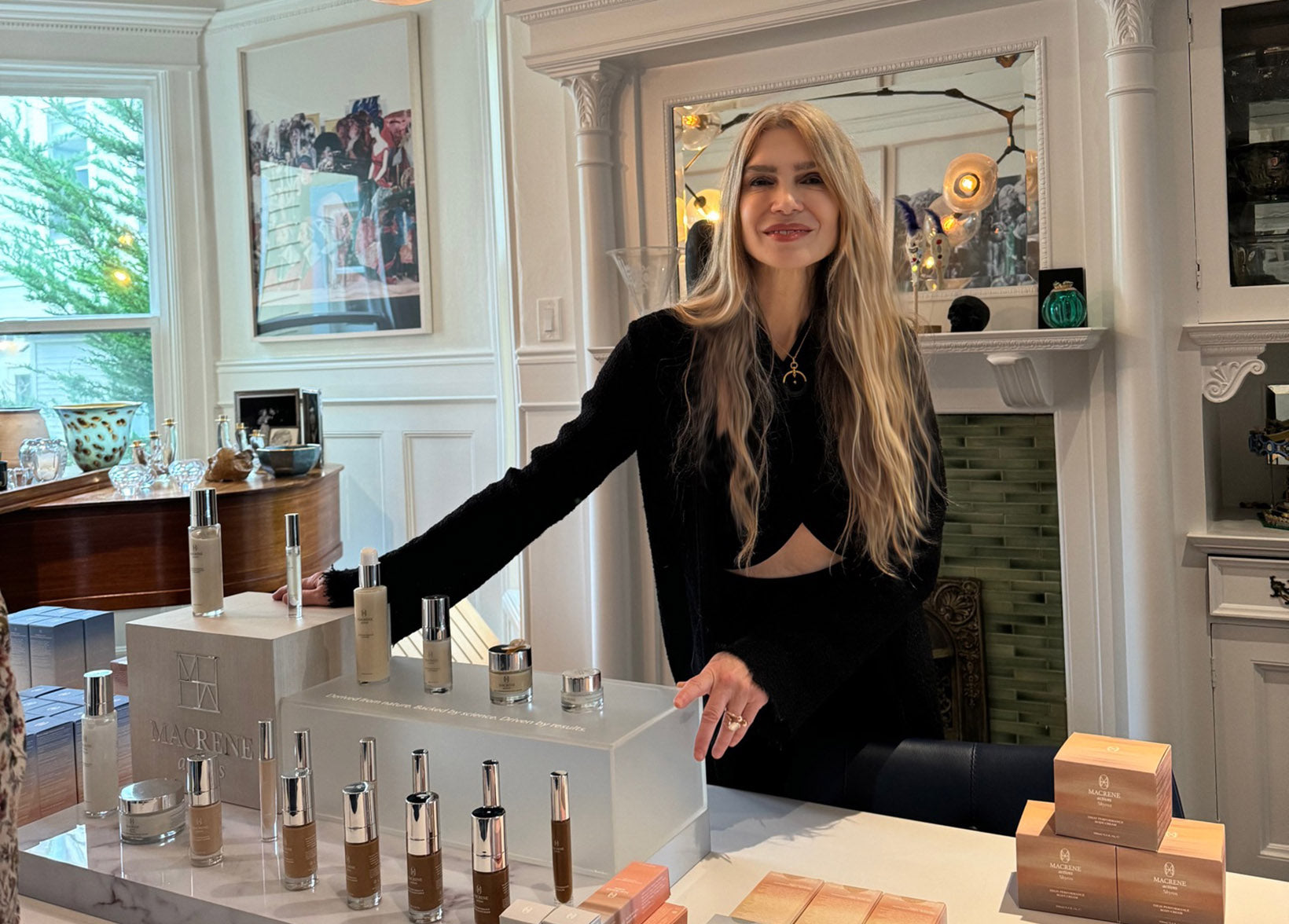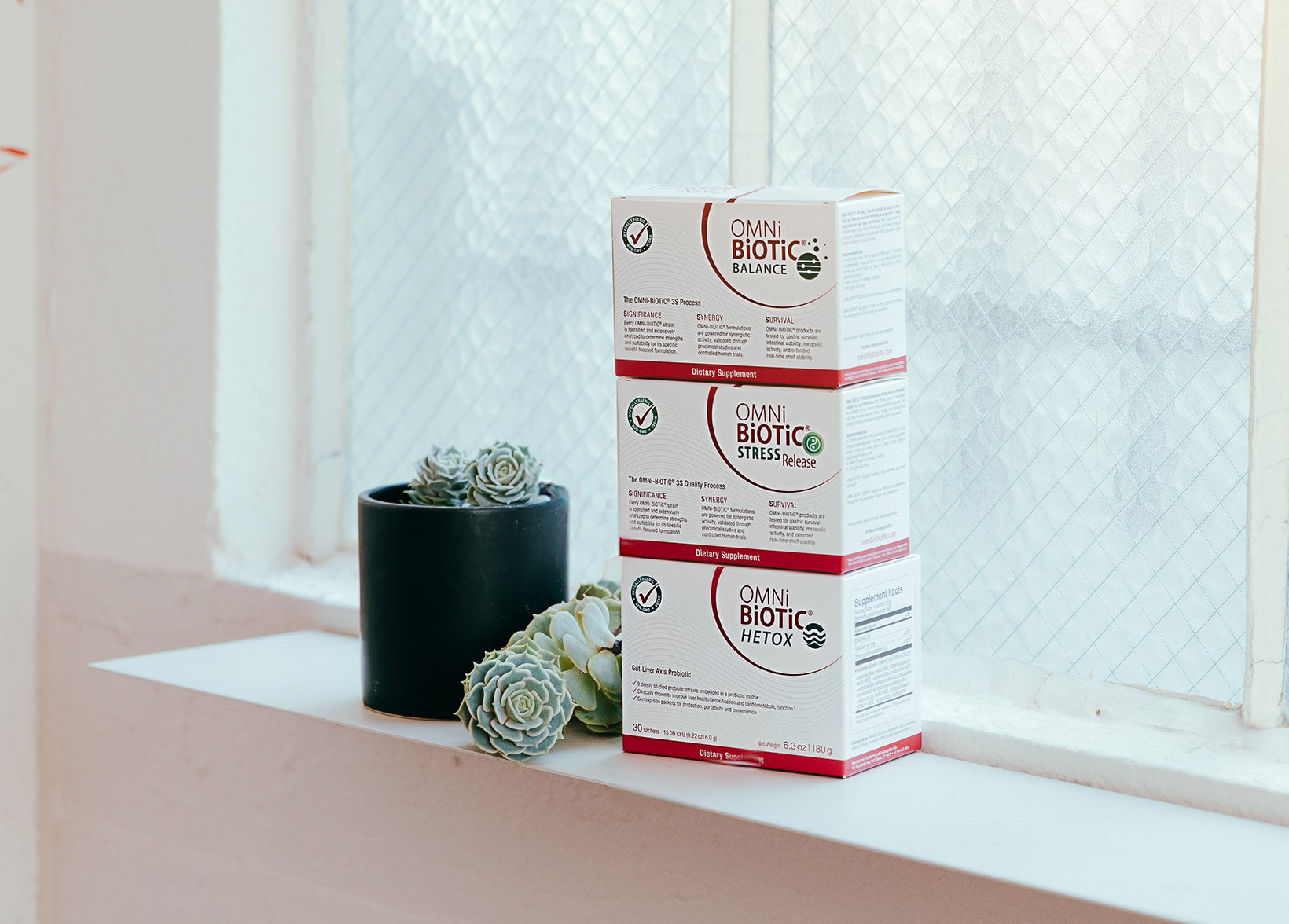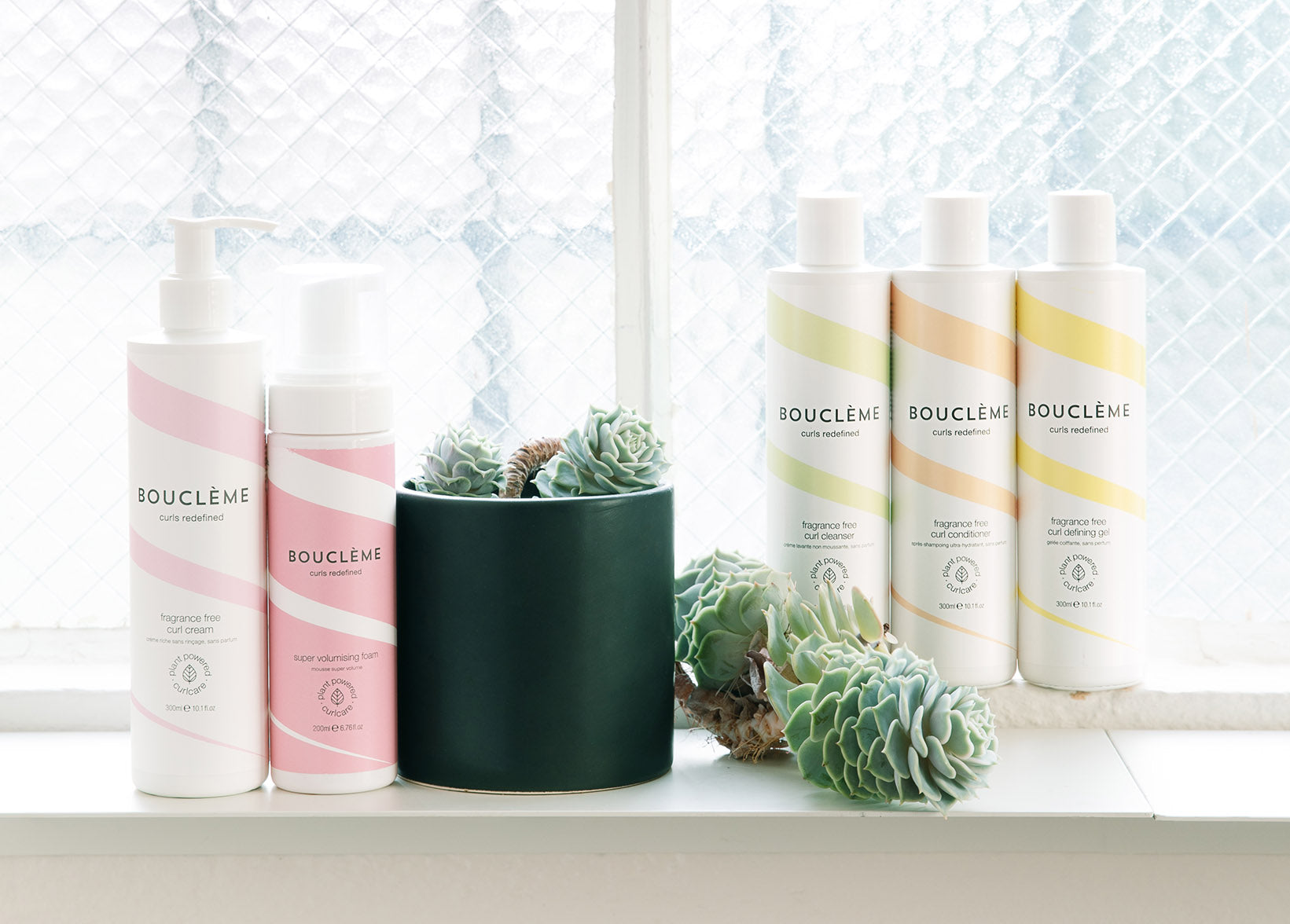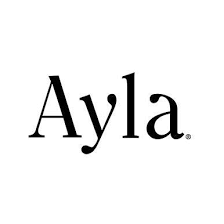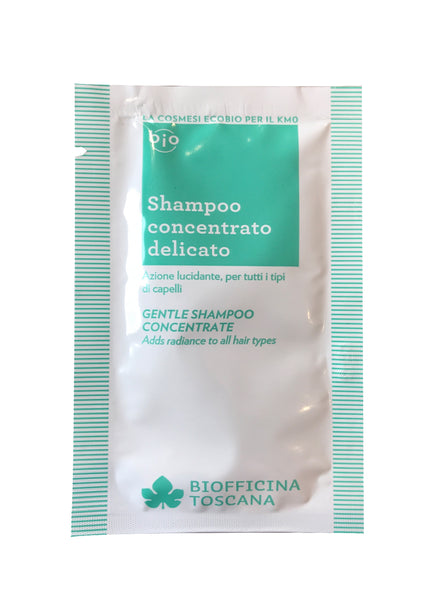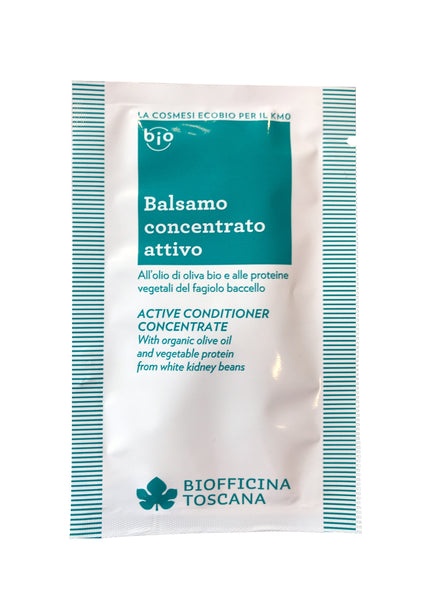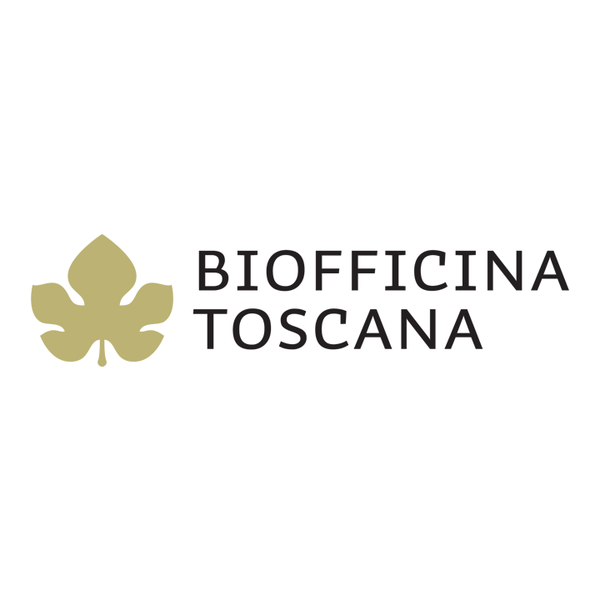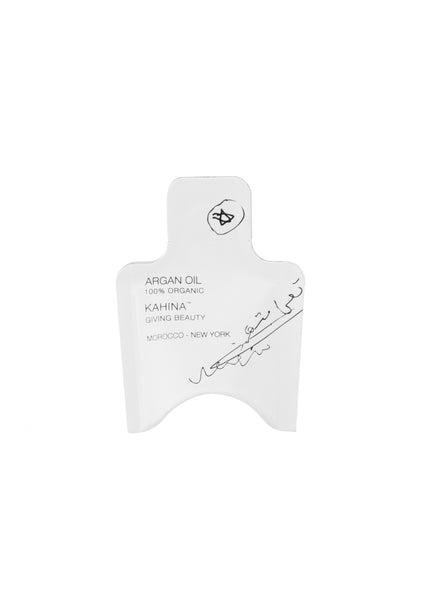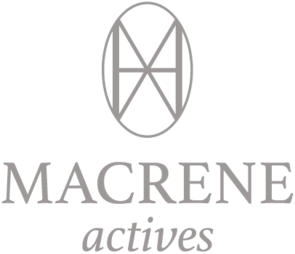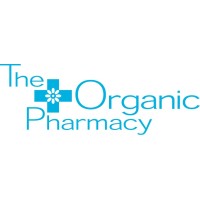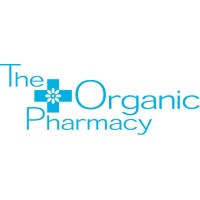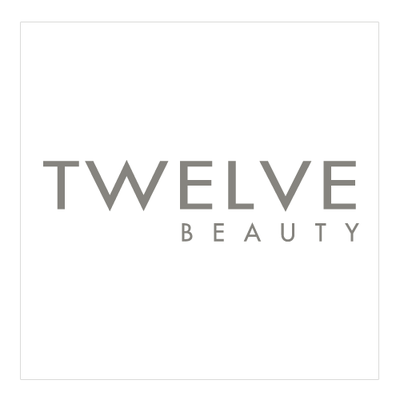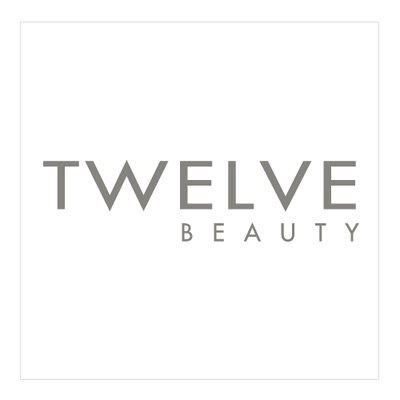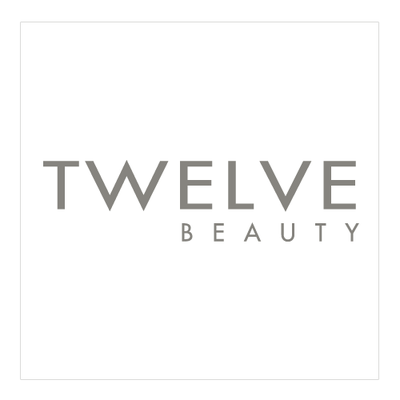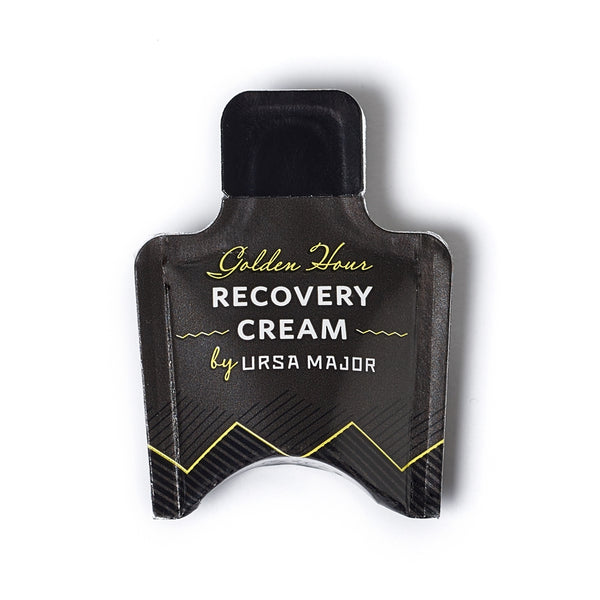Recent Articles

About five years ago, I went through a phase where the amount I was spending on groceries each week seemed outrageous. I’m not sure what I was comparing it to, exactly, but it just seemed like a lot. And it annoyed me.
It really shouldn’t have: I grew up in a family of foodies, I love to cook, and I'm one of those people who thinks of food as medicine. And yet there I was, wheeling my groceries away from the checkout in a state of mild shock and confusion, thinking, “Should this all really cost this much?” Every single time.
That changed, though, after a long weekend spent with my family on a goat farm in Sonoma County. We stayed in a house on the farm, and my kids delighted in “helping” with the chores, milking the goats, collecting the eggs, and checking out the topsoil that the owners so carefully tended. I’d never have guessed that the secret to their sweet, nutrient-rich vegetables lay in a few unassuming, worm-filled piles of dirt, manure, and decayed insects.
I suppose I’m more of an experiential learner than anything, because it took that stay (the first of many at that special farm) for me to really understand what it takes to make, for example, the goat cheese I used to mindlessly crumble into an omelet. A lot of 6am milking sessions; a lot of hay; a lot of worms; a lot of time.
It reminded me that — as with everything — the more I understood the story behind an ingredient, the more I valued it and everything that went into it, from the rain that we assume will fall from the sky to the soil that we assume will be healthy to the ocean water that we assume will be clean and cool.
Perhaps as a result, the products that have the strongest hold on my heart are the ones that showcase the power of single ingredients when they’re at their best — and, in doing so, invite us to pause for a moment and think more deeply. Where do these ingredients come from? Who cultivates them, and why do they do it? And how does the health of our planet impact each growing season?
It’s also why Happy Tea and the Sea Soak are among my favorite products, not only to gift, but also to use myself. Because, as I enjoy them, I realize that knowing exactly who carefully picked every tea leaf, lovingly snipped and sun-dried each strand of kelp, or diligently tended to each salt crystal for months makes the experience of using them even more beautiful. Especially during times like this, when that sense of connection is increasingly hard to come by.
Do I wish all of these things were cheaper so that more people could enjoy them more frequently? Of course. But they just can't be. Too much time, effort, and care go into cultivating ingredients that are this good.
So perhaps instead, these products can be reminders of how lucky we are. How lucky we are for this planet, these plants, these people. And how lucky we are for the moments that they help us enjoy a little more deeply.
xx
Dara

